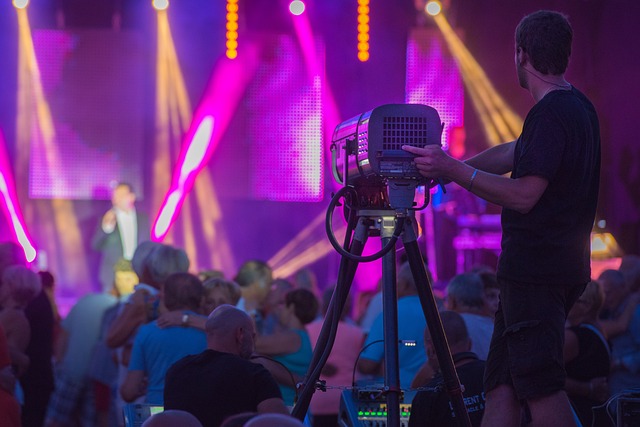Mastering the Art of Lighting Technicians in TV: A Visual Guide to Monitors and Display Technology
The role of a lighting technician in television production is crucial, often serving as the backbone of visual storytelling. As a visual agent, a lighting technician wields the power to shape the audience’s perceptions and emotions through careful manipulation of light. Yet, to do this effectively, they must rely on advanced monitors and display technology to visualize their work accurately.
The Importance of Monitors for Lighting Technicians
In a world driven by visuals, monitors play a critical role in the realm of television production. A lighting technician uses these screens to ensure that every scene looks its best. High-quality monitors provide a true representation of colors, contrasts, and light intensities, allowing technicians to make informed decisions about lighting setups. Without reliable display technology, even the most skilled lighting technician can struggle to achieve the desired mood or effect.
Understanding Display Technology
Modern display technology has made significant leaps in recent years, offering various options such as OLED, LCD, and LED displays. Each type brings unique advantages that can enhance the work of a lighting technician:
- OLED: Known for its rich colors and deep blacks, OLED displays provide unparalleled contrast, essential for assessing how lighting will interact with different surfaces.
- LCD: While generally more affordable, LCDs have advanced to replicate colors more accurately, making them a viable option for on-the-go monitoring.
- LED: Widely used for backlit screens, LEDs are lightweight and energy-efficient, commonly employed in studio settings where space is a consideration.
Visualization Techniques
Visualization is an art form that extends beyond simple lighting. A lighting technician must envision how their work will translate on screen. This requires a profound understanding of how different colors and intensities impact an audience’s emotional response. Techniques like color temperature adjustments and softening harsh shadows can significantly change the narrative of a scene.
Utilizing software programs that work in tandem with monitors can enhance this visualization process. These tools simulate various lighting conditions, enabling technicians to experiment with different setups before committing to a scene. A well-prepared lighting technician is always ready to adapt and refine their approach based on real-time feedback.
Hands-On Experience
For anyone aspiring to become a skilled lighting technician, gaining hands-on experience with monitors and display technology is indispensable. The best way to master the craft is to immerse oneself in the environment—participating in projects that challenge and develop practical skills. Working alongside seasoned professionals can also provide invaluable insights into the nuances of effective lighting.
Budding lighting technicians should also take the time to familiarize themselves with various equipment and technologies in use. Understanding the limitations and capabilities of different displays fosters a more profound comprehension of how to light a set effectively.
Collaboration with Other Departments
Collaboration is key in television production, and a successful lighting technician often works closely with the cinematography team and other departments. This collective effort ensures that everyone’s visual goals align, resulting in a cohesive final product. A confident technician knows how to communicate their vision to collaborators, utilizing monitors as tools of persuasion.
In the ever-evolving world of television, the role of the lighting technician stands out as both an art and a science. By mastering the intricacies of monitors and display technology, technicians can elevate the storytelling experience, crafting visuals that captivate and resonate deeply with viewers.




